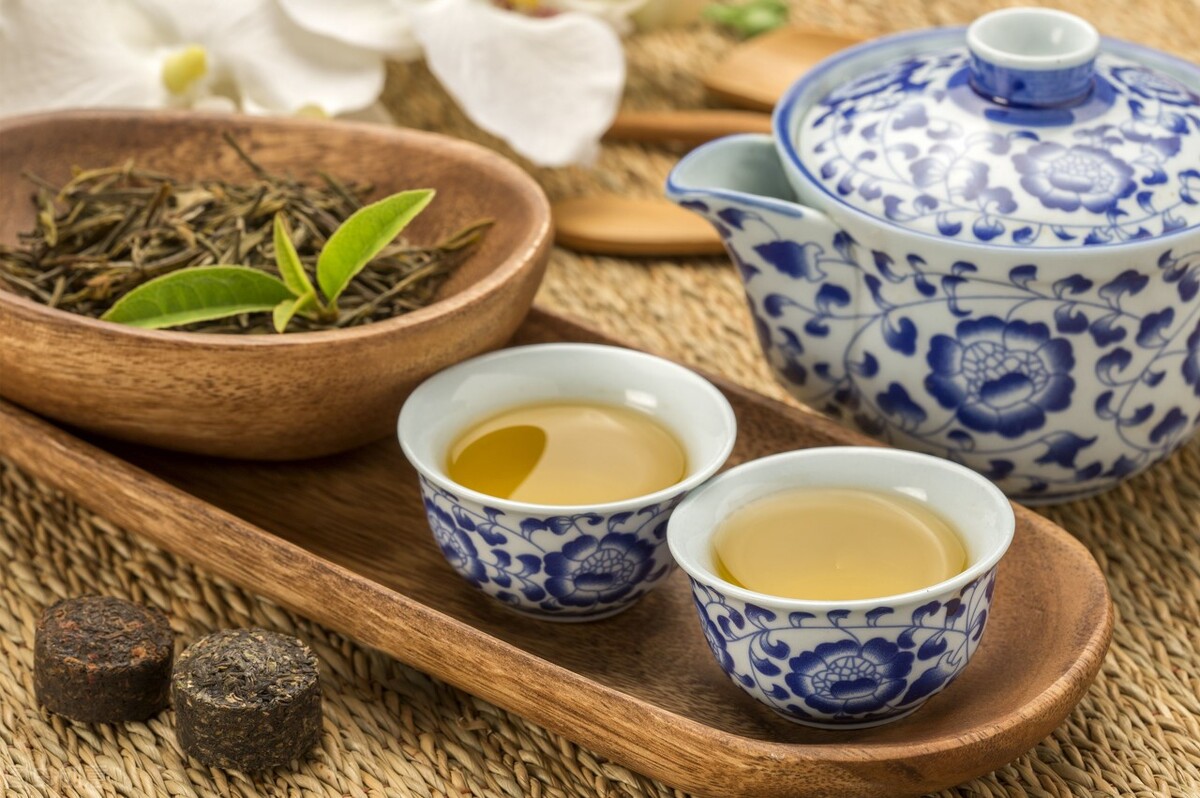Some people fall in love with tea because of the taste of tea, and some people fall in love with tea because of its health care, and some people fall in love with tea because of color. So in the process of drinking tea, there is a step called "smelling the incense", so why does the tea have a fragrance? What exactly is it made of? What are tea aroma substances? Next, let's take a closer look.

The aroma of finished tea can be summarized into the following nine aroma types:
Tender fragrance type, milli-fragrance type, fruity type, fire fragrance type, fragrance type, sweet fragrance type, pine smoke type, Chen fragrance type, floral type.
The aromatic substances in tea, also known as "volatile aroma components (VFCs)", are a general term for volatile substances in tea. Tea aromatic substances are mixtures of a variety of different components, most molecules one (or more) unsaturated double bonds, or contain some active group that has an effect on aroma formation. At room temperature, most of the aromatic substances are oily liquids, colorless or slightly yellowish, most of them have aroma and are very volatile.
It is known that there are as many as two or three hundred kinds of aroma components in tea, and different aroma types are the reasons for the different composition of aromatic substances. An aroma type is not a reflection of an aroma substance, but is often composed of several aroma substances and dozens of other trace aroma substances.
There are about 700 kinds of aroma components found and identified in tea, including alcohols, aldehydes, ketones, acids, esters, lactones, phenols and their derivatives, and heterooxides.
The effect and effect of high temperature and high humidity, low temperature and low humidity, high temperature and low humidity on the aroma of tea will be very different (in the case of high temperature and aerobic, lipids will hydrolyze to produce too many free fatty acids); the results caused by ventilation and sealing on the aroma of tea will also be different.
In fact, there is no tea aroma is the best, each tea has its own unique aroma type, but we like this tea in the process of tasting, like its fragrance or not.